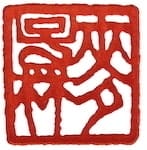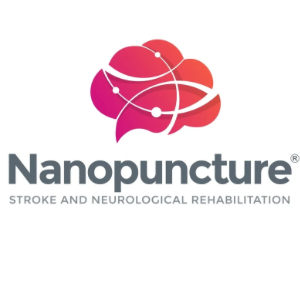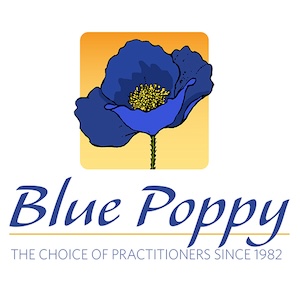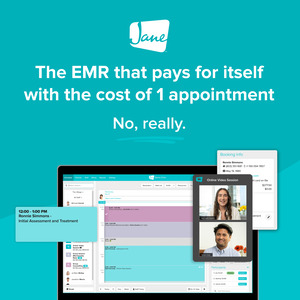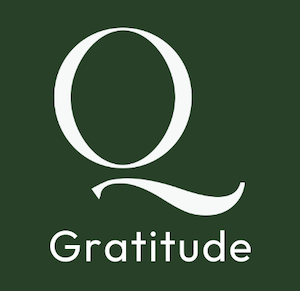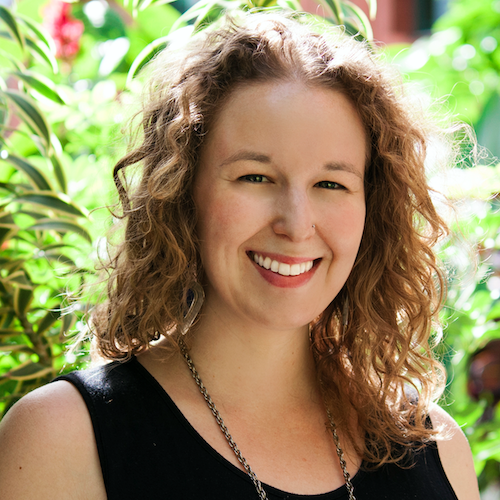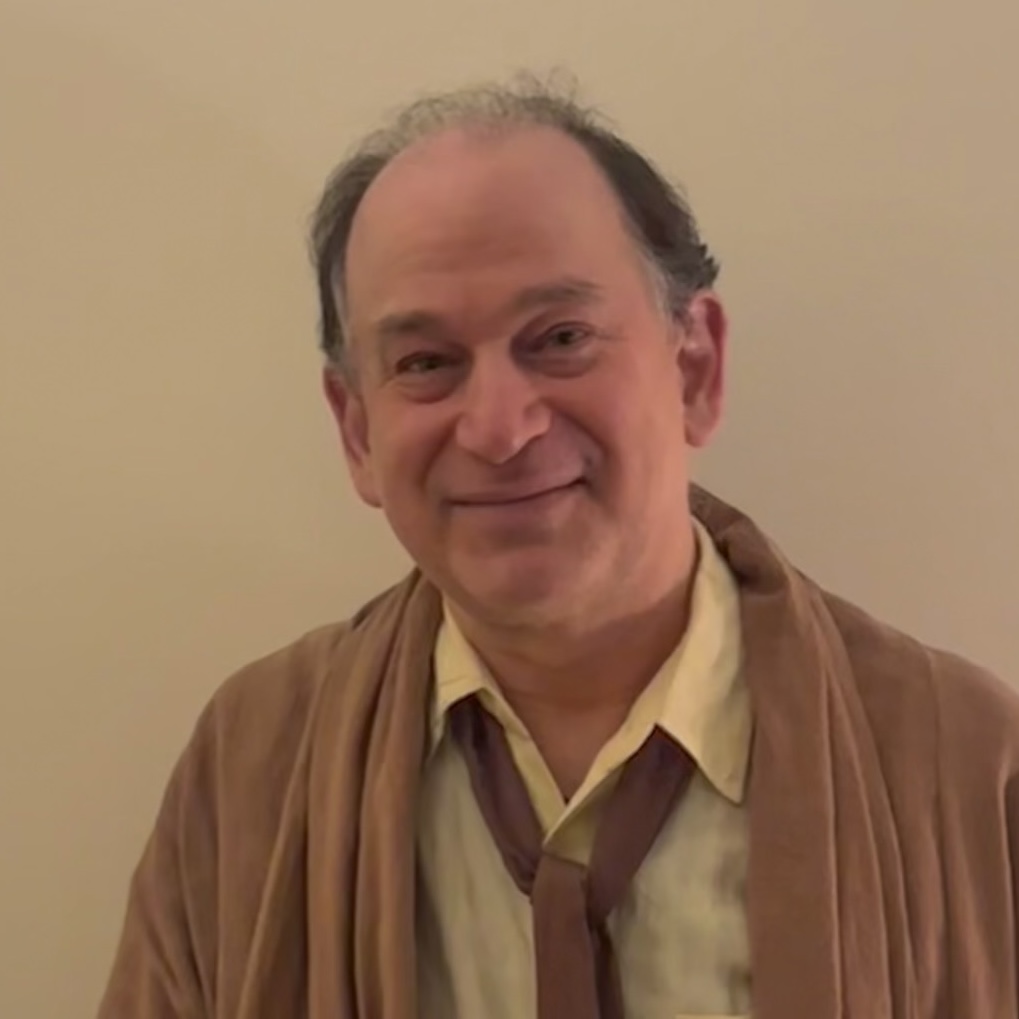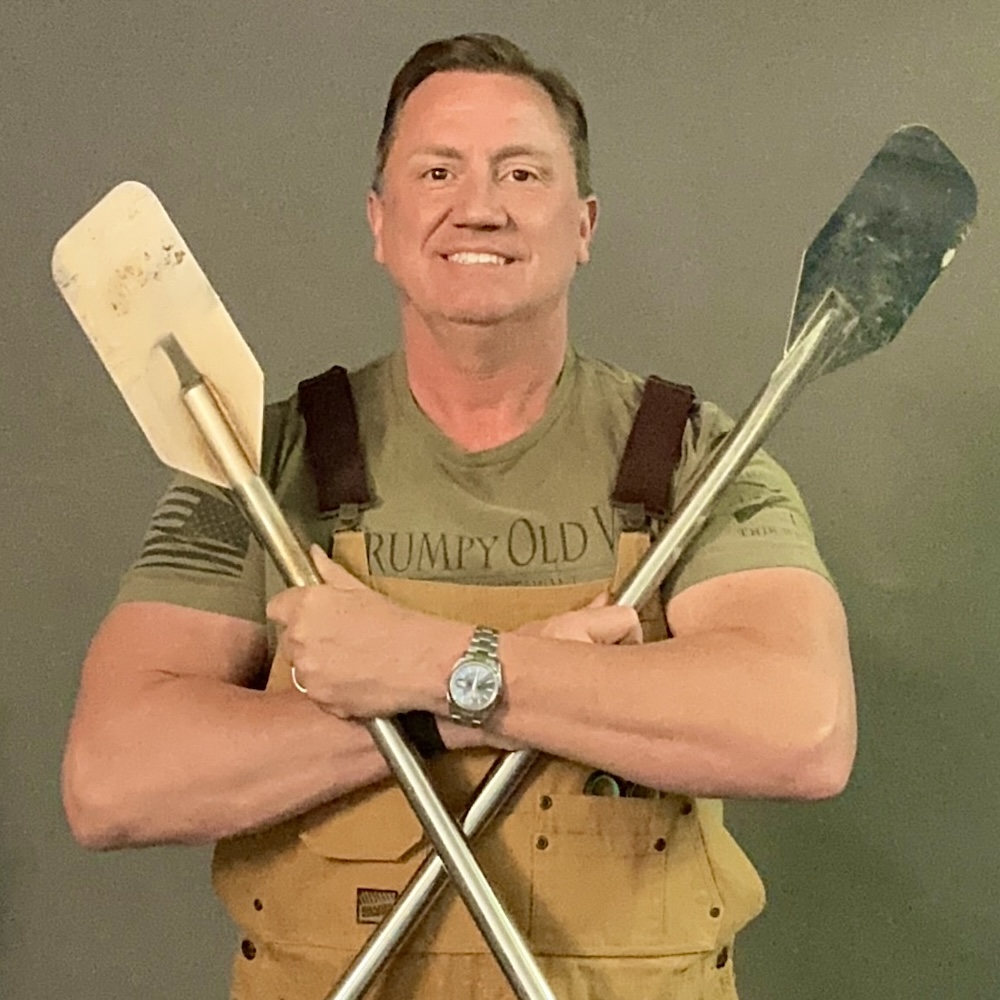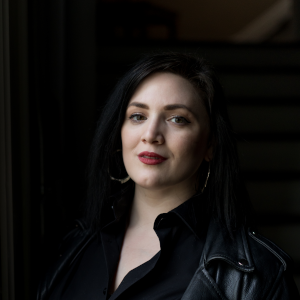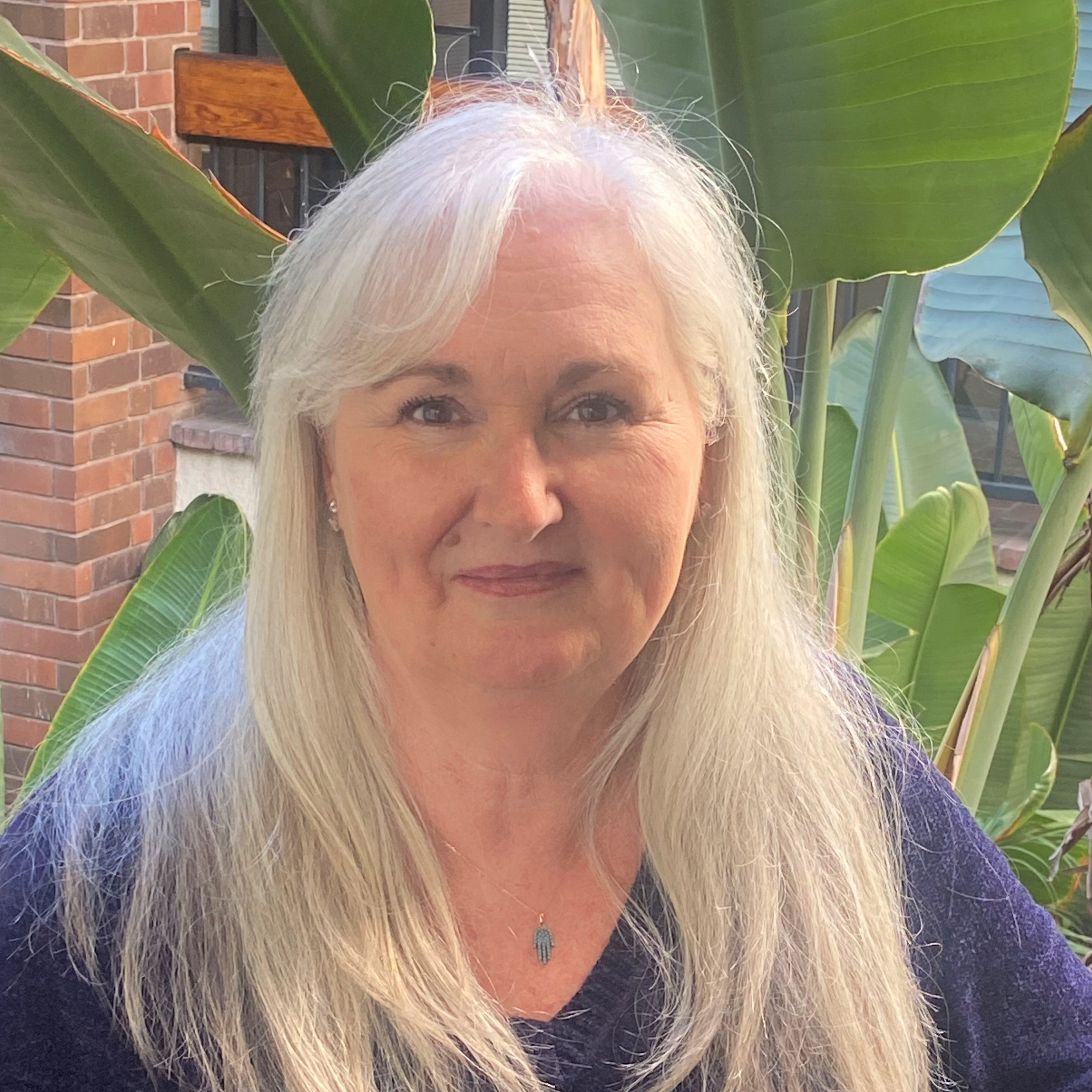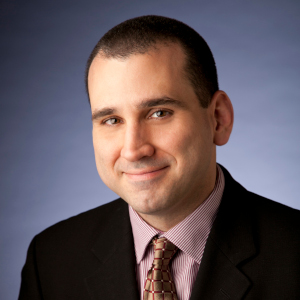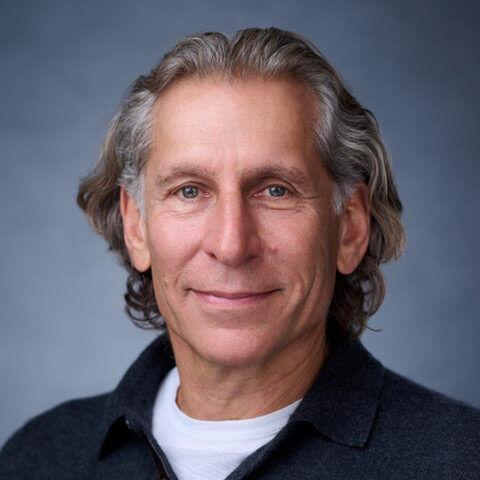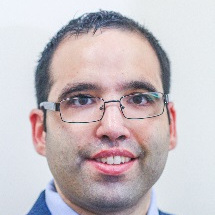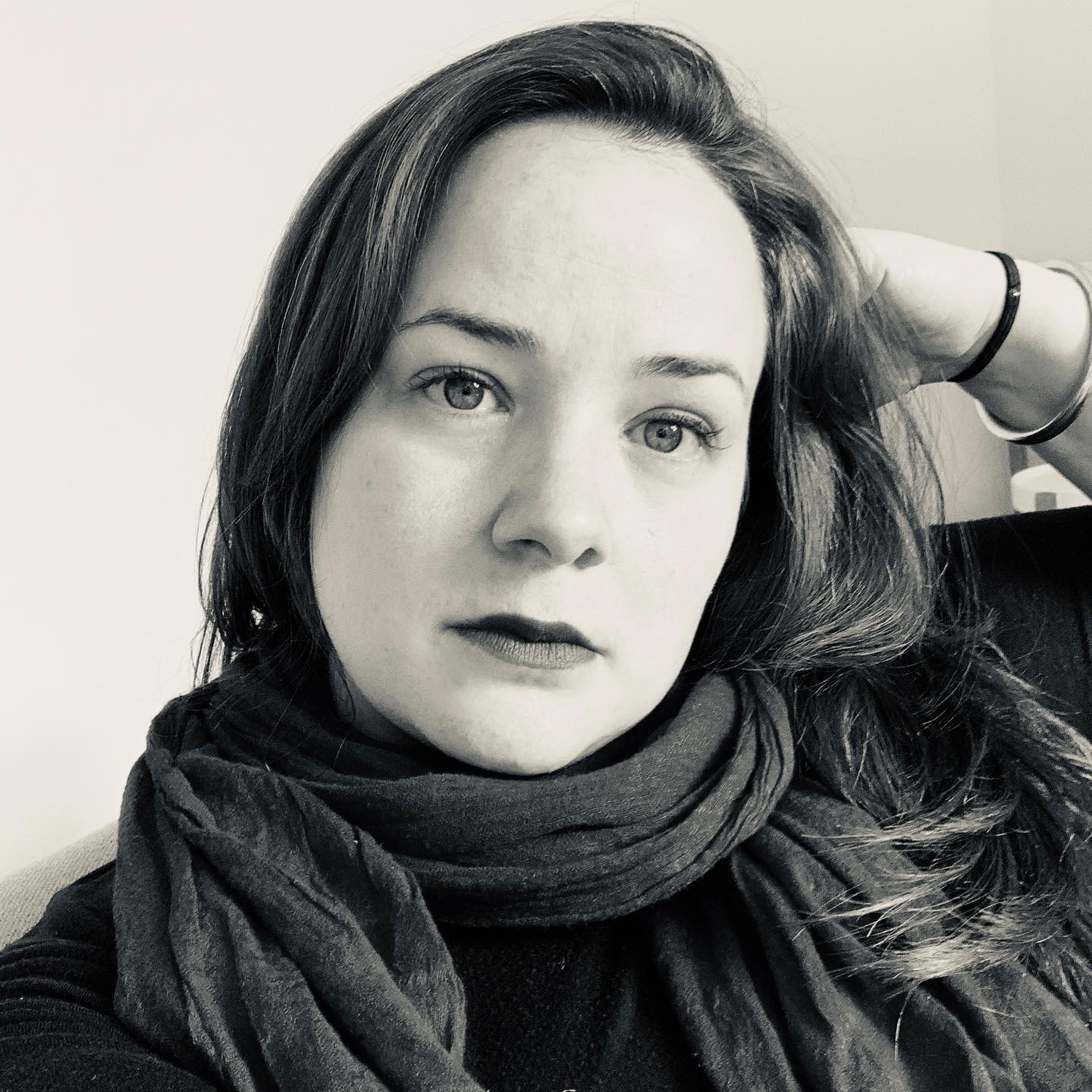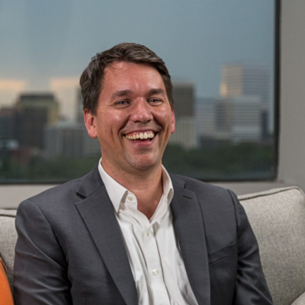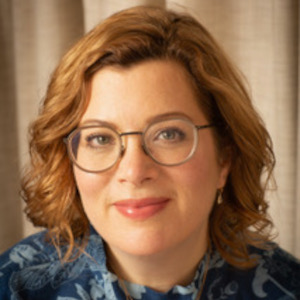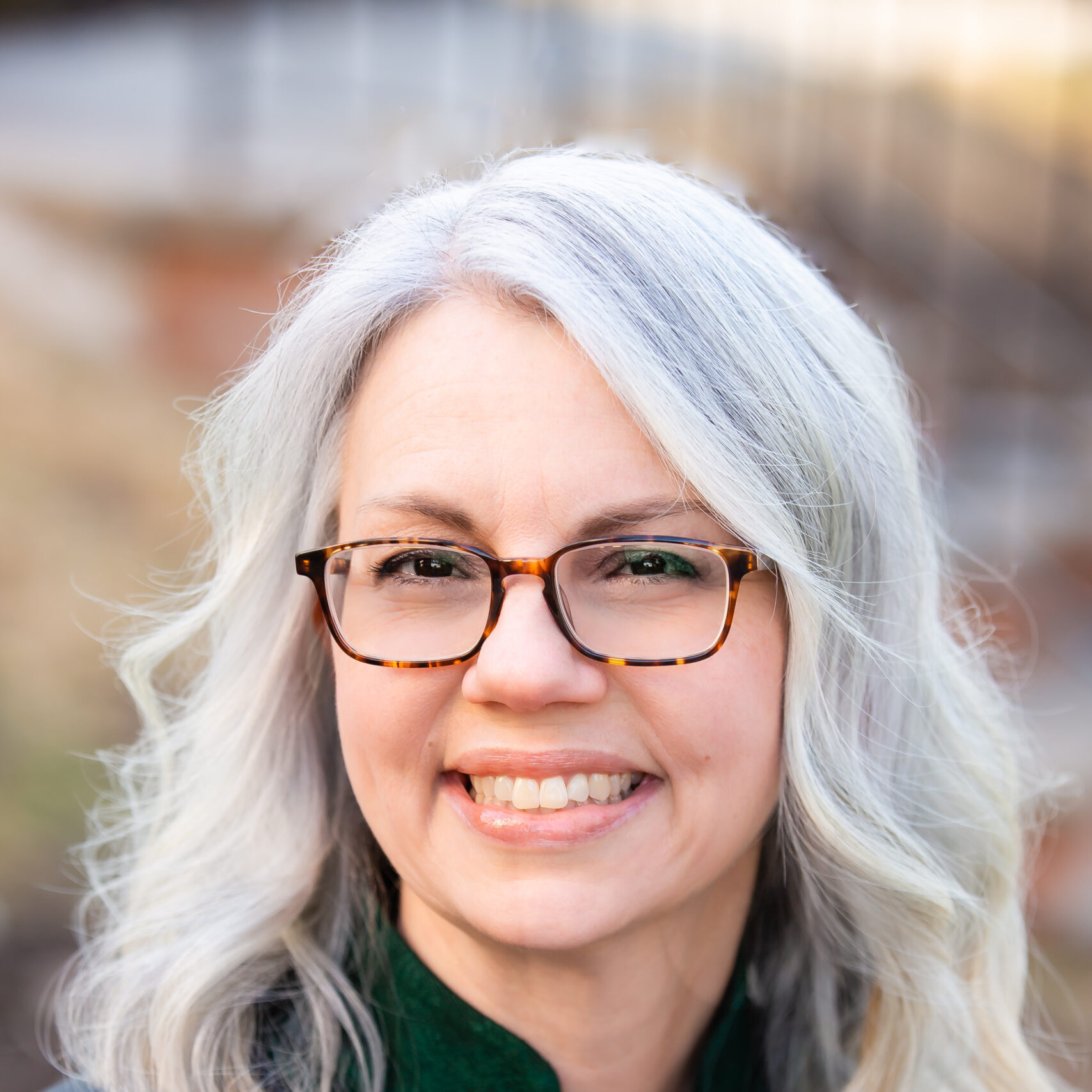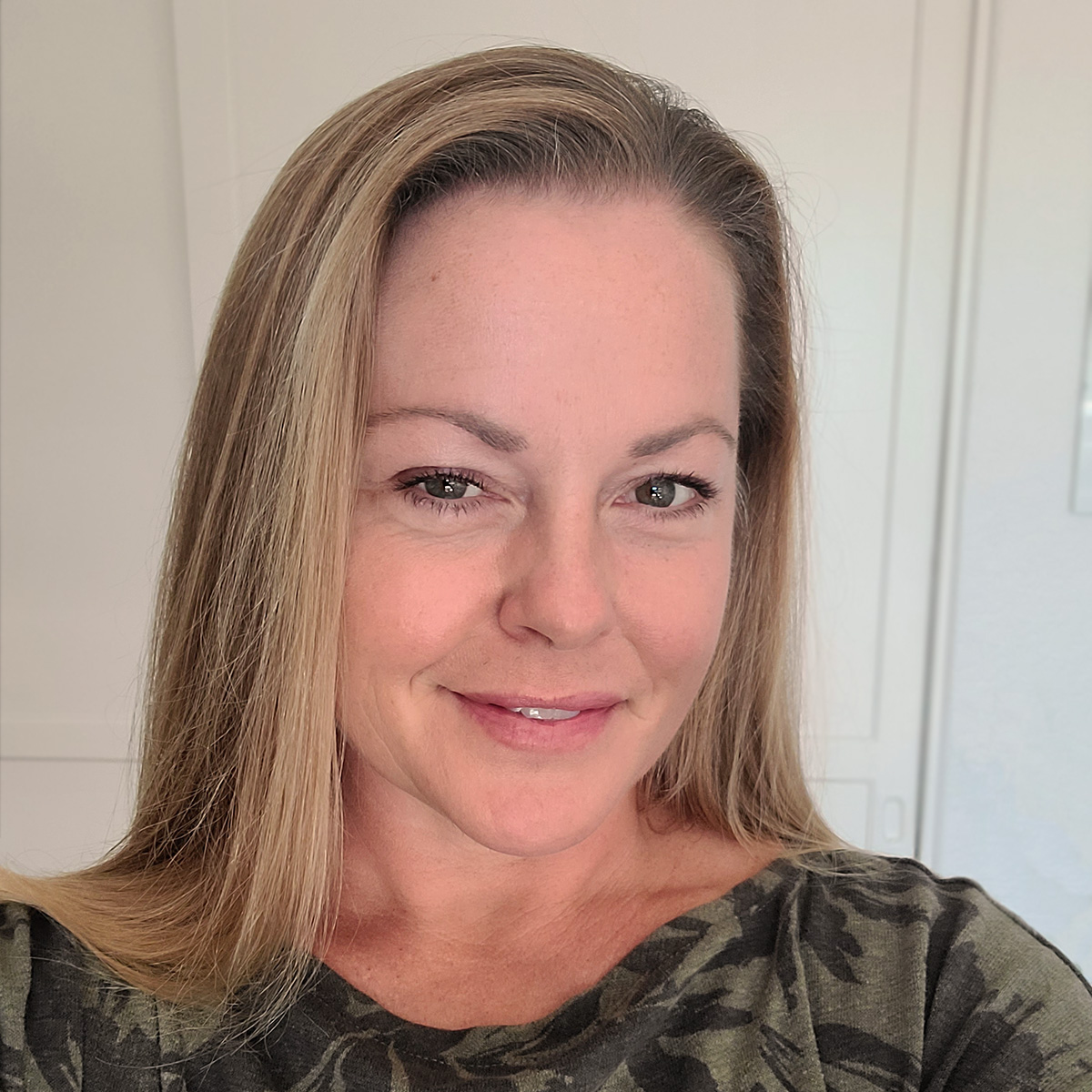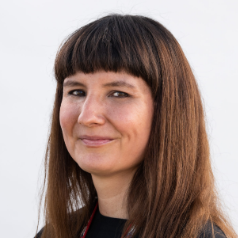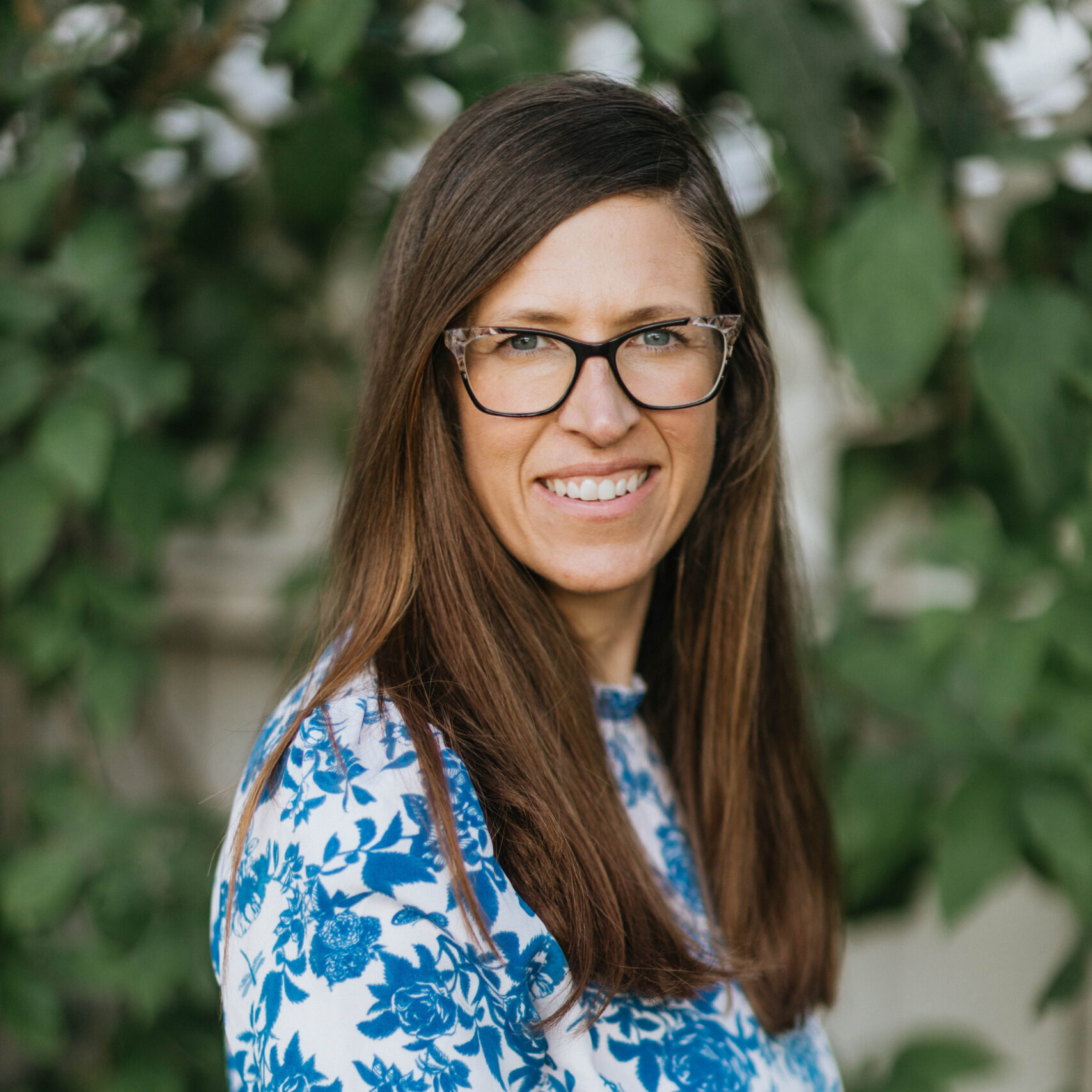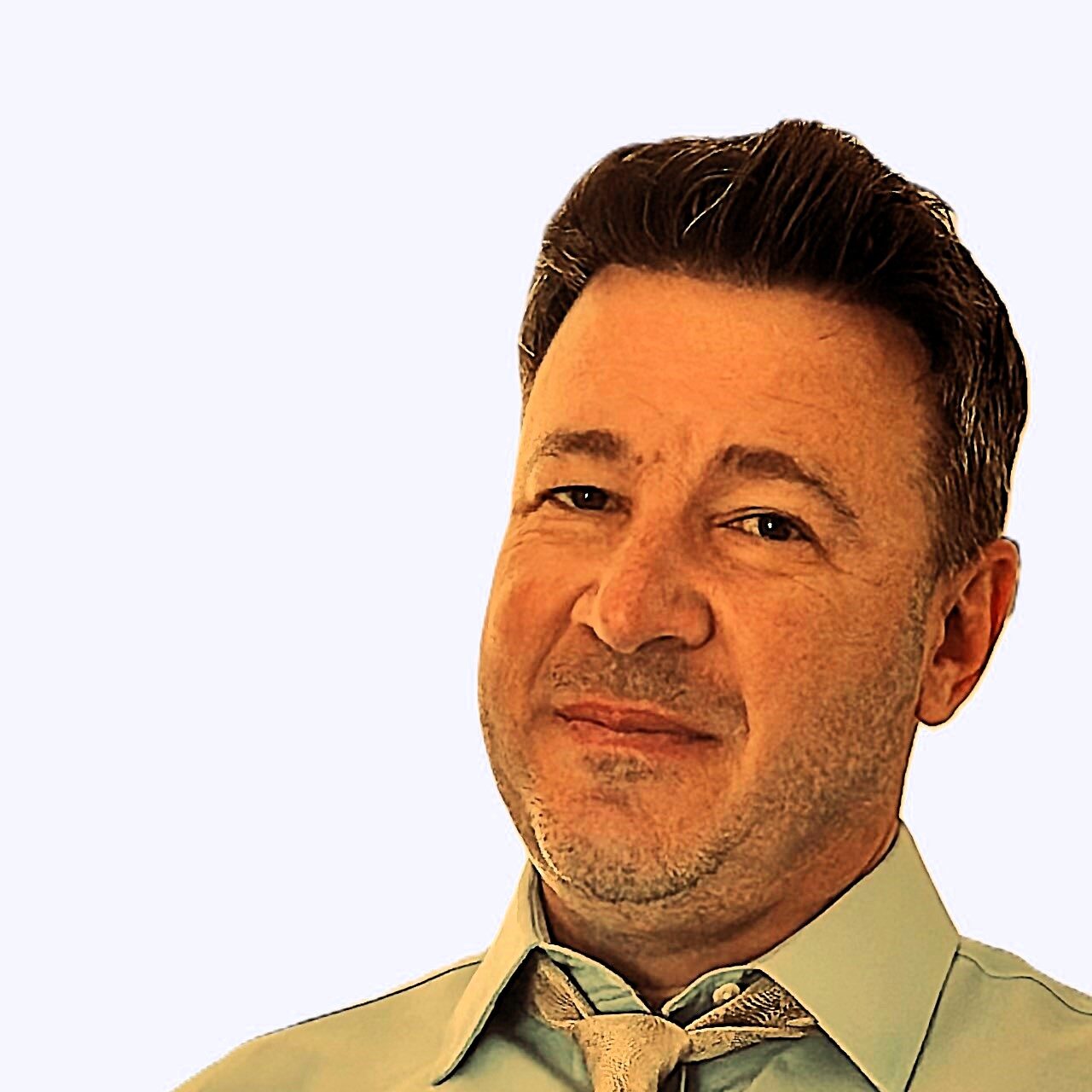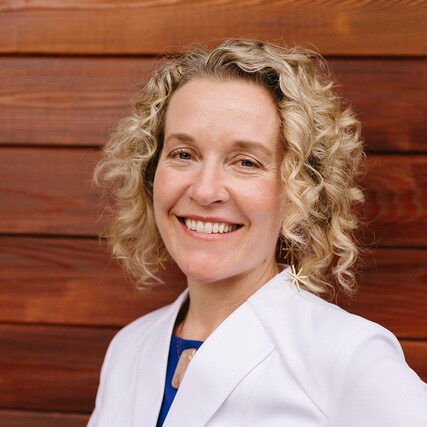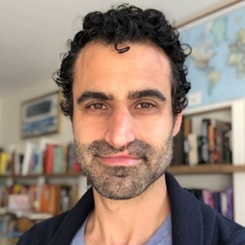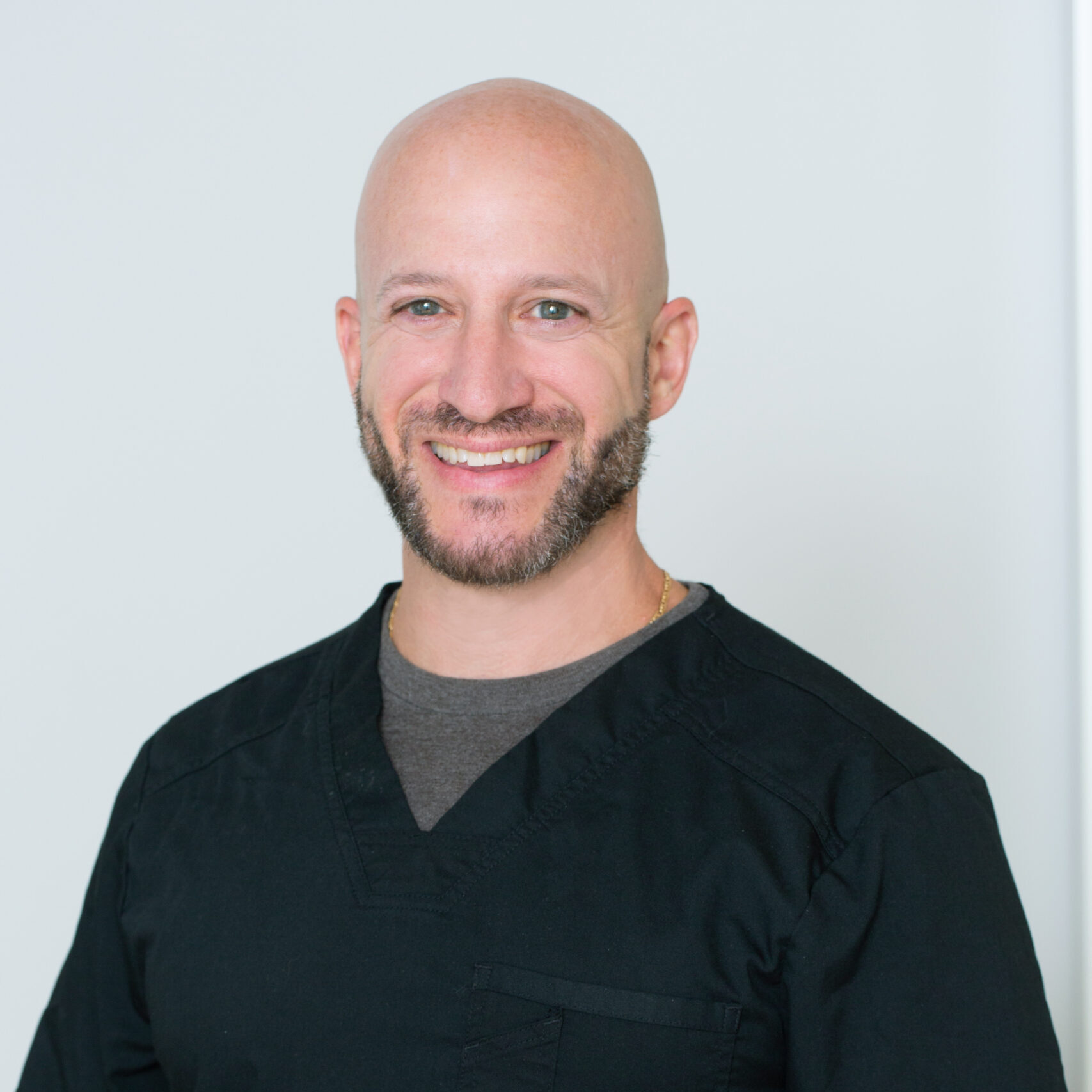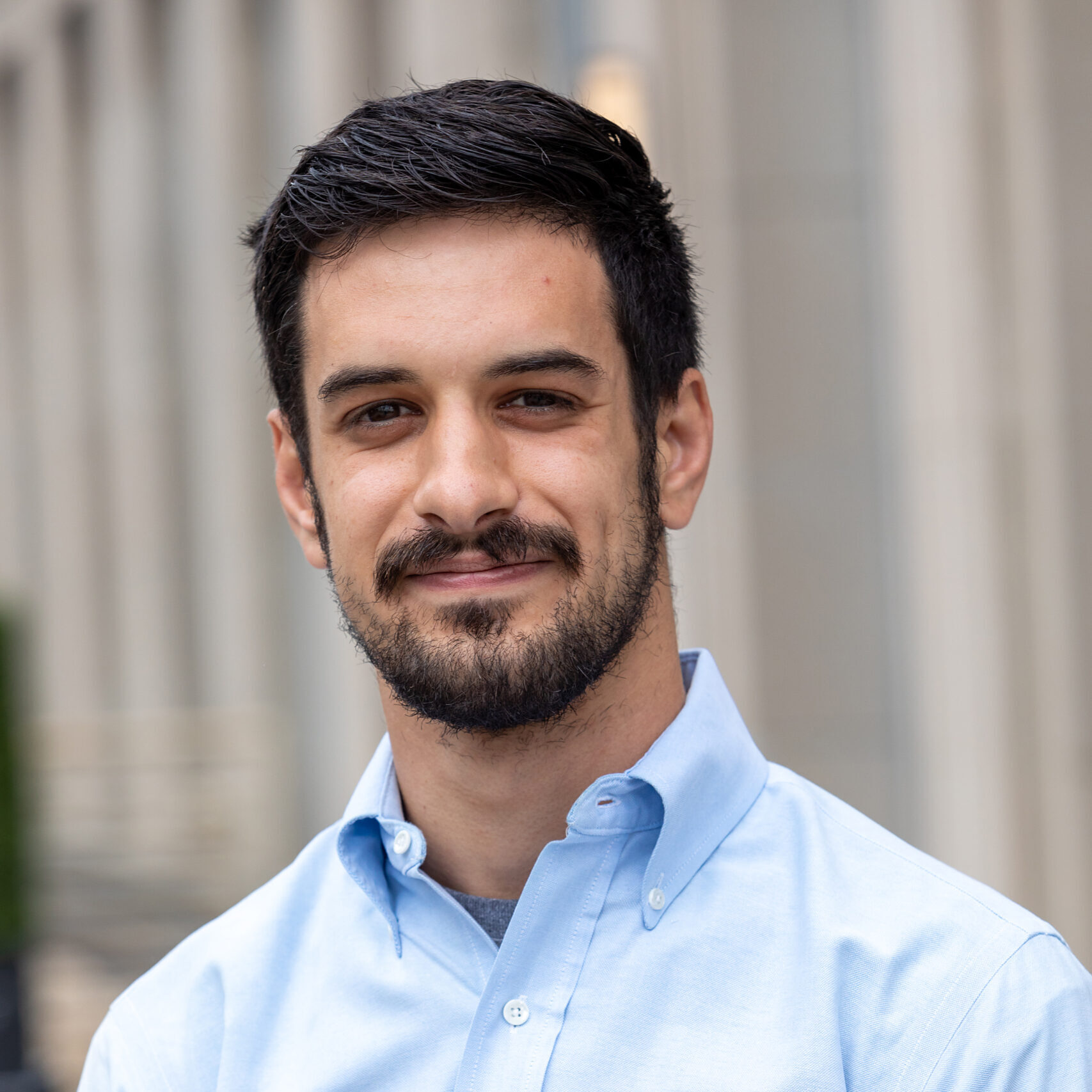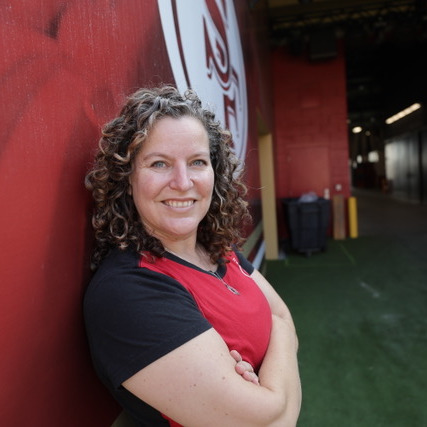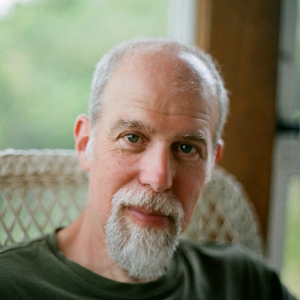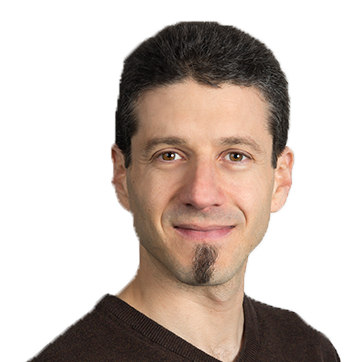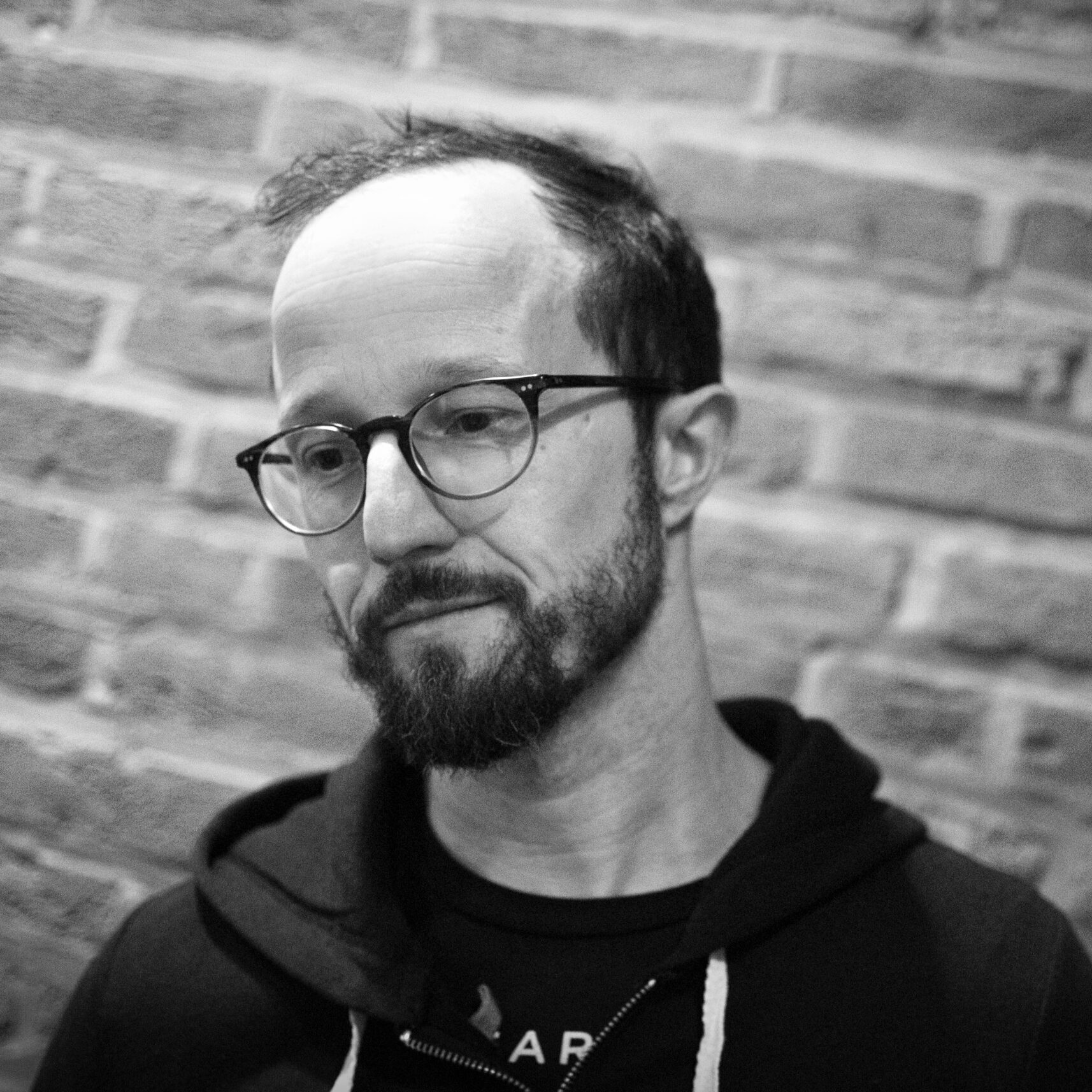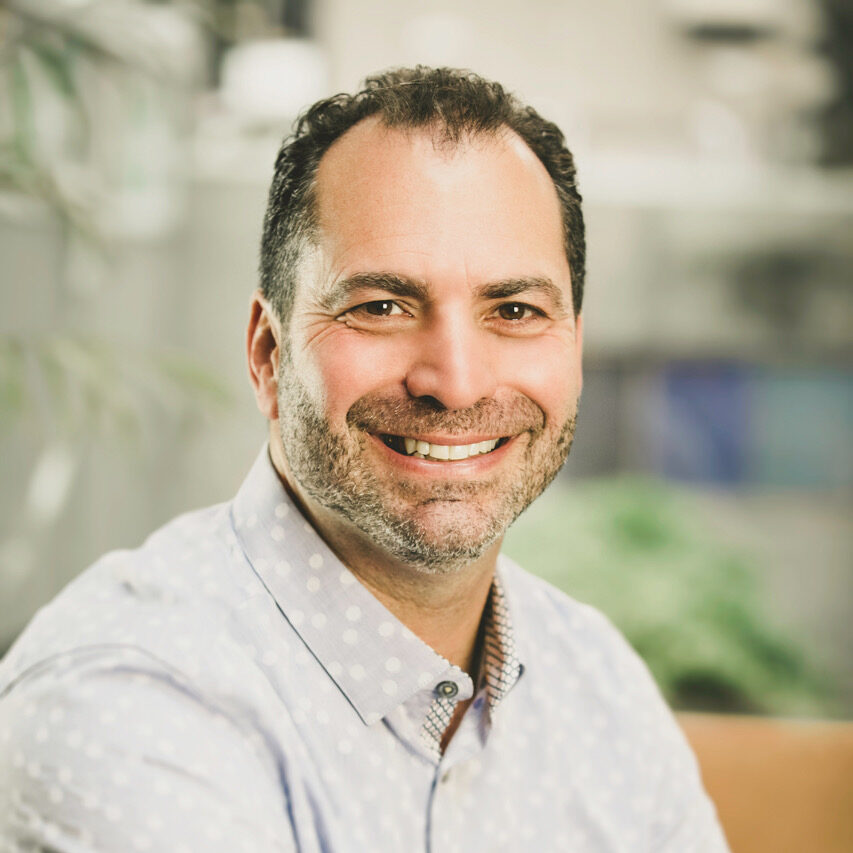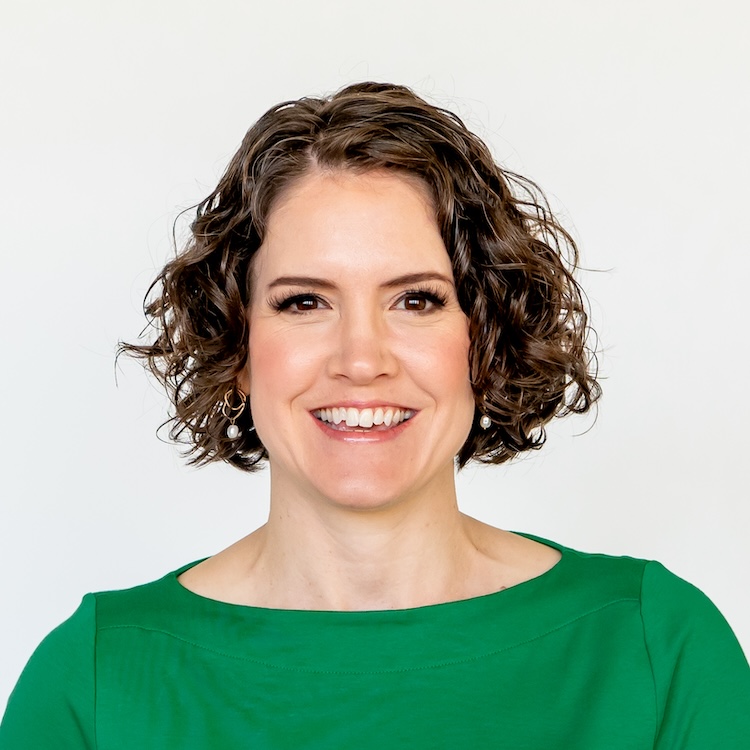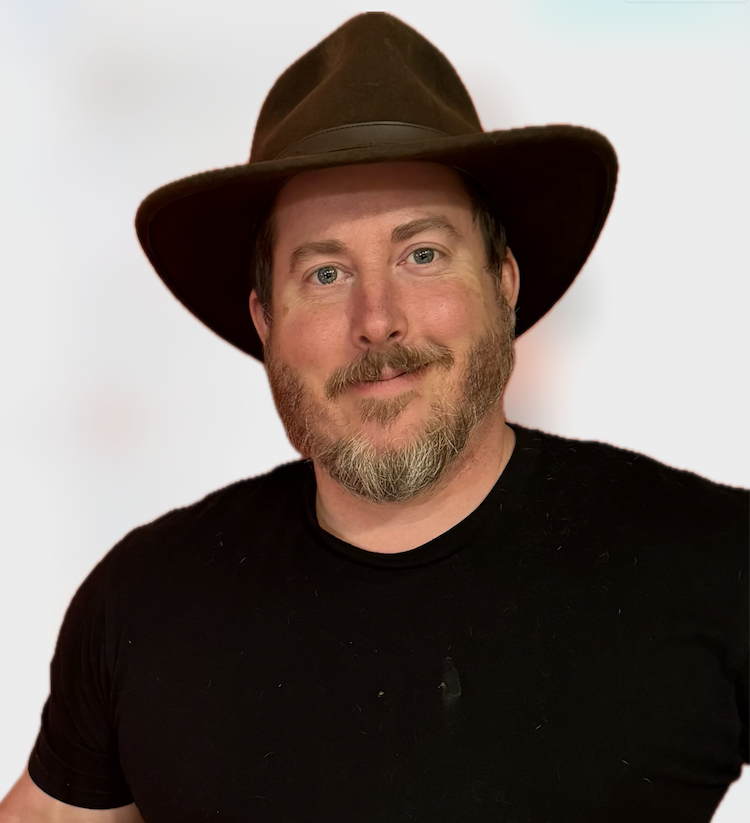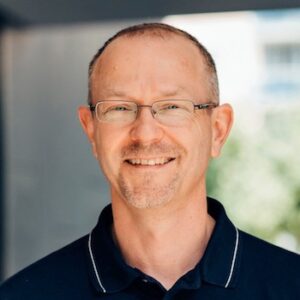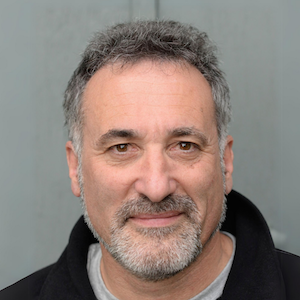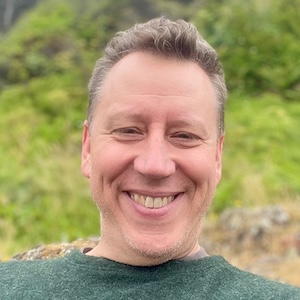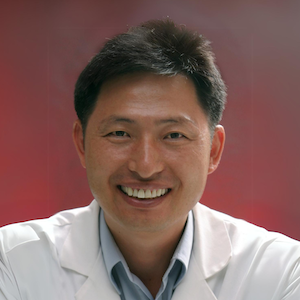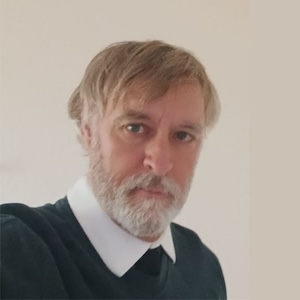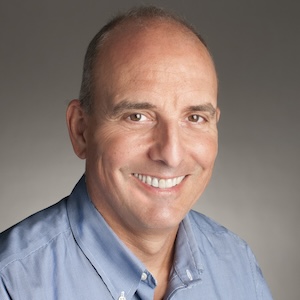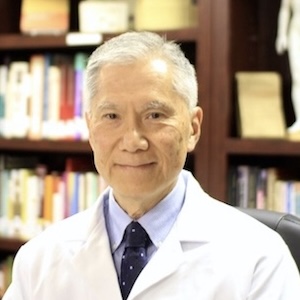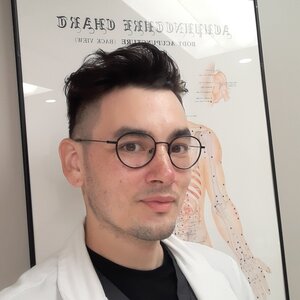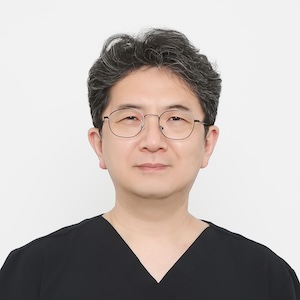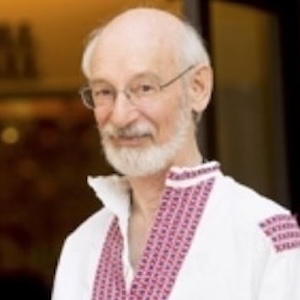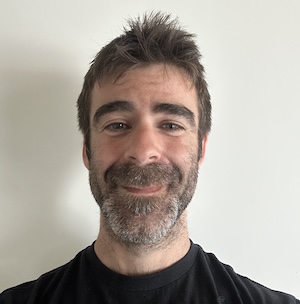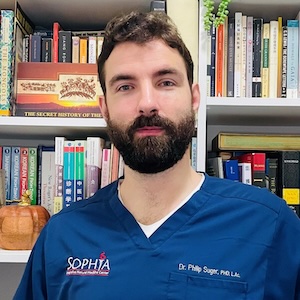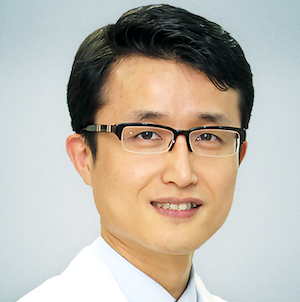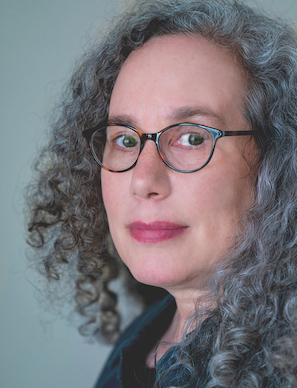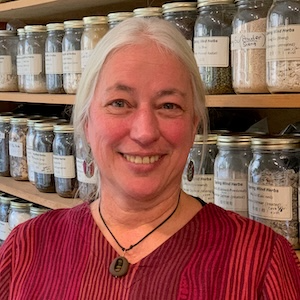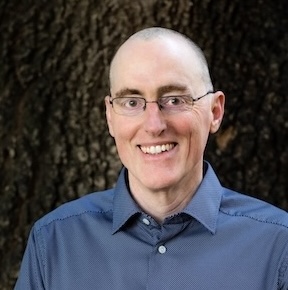Ours is a portable medicine. In the 1960’s the barefoot doctors in China took Chinese medicine into the countryside. Over the years acupuncturist’s response to natural disasters has show us that acupuncture can be practiced in makeshift shelters or tents. It also has a place in refugee camps, churches of impoverished communities and rural villages.
In this conversation acupuncturist and activist Ryan Bemis talks about how acupuncture and liberation theology go together and can help to relieve a lot of suffering.
Listen in and found out about how Crossroads Acupuncture is not only helping refugees at the border, but also assisting poor communities to better care for themselves with acupuncture. And training acupuncturists in how to be of service to those in difficult situations.
In This Conversation We Discuss:
- How Ryan got in to working with refugees
- Making acupuncture accessible, the NADA protocol
- Training locally to treat the community
- Treating after the El Paso shooting
- Creating a safe space in a dangerous place
- What they're teaching
- Liberation Theology
Put your baggage aside. All of it. Listen. Roll with the resistance Complex problems=simple protocols.
 Ryan Bemis, L.Ac
Ryan Bemis, L.Ac
My journey to acupuncture began 20 years ago, as an undergrad studying Theology. I took this class on solitude and social change, and about this monk named Thomas Merton. Back in the 1960’s he was this hermit who was also an activist who taught nuns and priests about the practice of Zen and meditation and he worked to bridge this divide between the east and the west. And he believed that silence and stillness are radical acts that can change the world.
And in one of his journal entries I read, he wrote: “Under the surface of glitter & trash in the midst of all the mess of traffic…there are the people: sick & distraught, drunk, mad, melancholy, anguished or simply bored to extinction. It is the people I love and not the roles in the city, not the glitter of business and of progress. Can’t we give them something more than air conditioning?”
And this notion challenged me to my core. Can’t we give the people something more than any material thing? More than food? More than shelter? More than a hand out, more than just our spare change. More than a pat on the back and a… “I’m sorry; I can’t help you.”
And these questions led me eventually to Ciudad Juarez, Mexico, to the borderlands, in a project where these needles bring refugees and migrants and people affected by violence together. Believe me: It’s certainly not the air conditioning that brings us together. Because there is no air conditioning at our school in in the when it’s 114 degrees teaching acupuncture in the far corners of Juarez. There's nothing at all fancy or shiny or waterfall-ey about it.
It’s simple: People gather in circles. Sit in silence. Needles dangling from their ears. And out of this ordinary people create safe space in a precarious place.
Witnessing this needle induced silence and stillness sprawl out into the urban slums, I have seen the birth of a new, and authentically community supported healthcare model. A model that has forges a powerful solidarity, a model that calls me into activism.
Links and Resources
Recommended reading
The Long Loneliness, Dorothy Day
Pilgrim at Tinker Creek, Annie Dillard
No Bars to Manhood, Daniel Berrigan
Blink, Malcom Gladwell
Learn more about Ryan's Border Project
